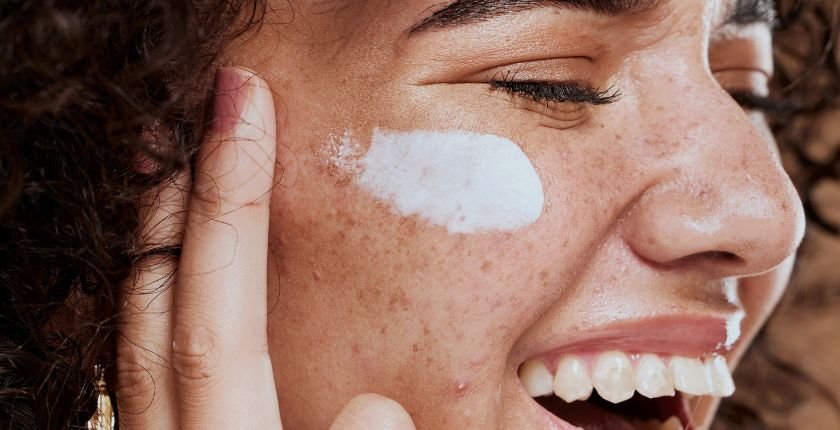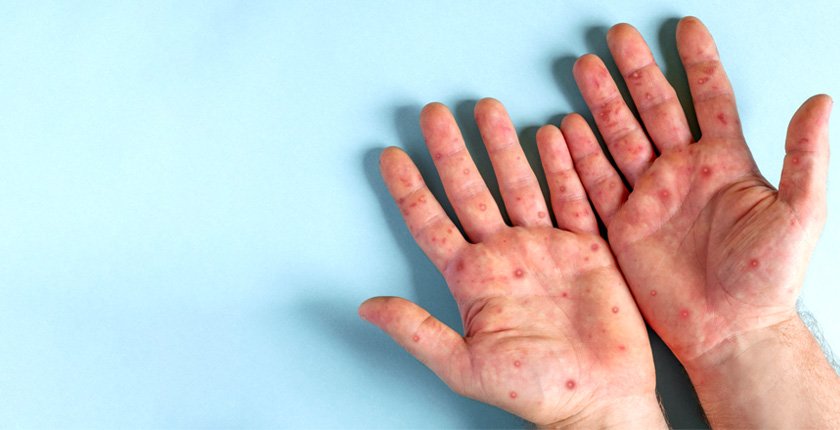
BEST TREATMENT FOR MELASMA ON FACE: TIPS TO PREVENT AND TREAT EFFECTIVELY
Introduction
Melasma, a common skin condition, is often recognized by the presence of dark patches on the face and other parts of the body. While it is not harmful, it can affect self-esteem and confidence, making its prevention and treatment crucial. This blog explores what melasma is, its causes, effective treatment options, and preventive strategies to help you maintain clear, healthy skin. Melasma, a prevalent hyperpigmentary condition, affects women and dark-skinned people. Melasma is mostly caused by sunlight, hormones, pregnancy, and heredity. Sun protection is a cornerstone in melasma treatment.
What is melasma?
Melasma is a pigmentation disorder that manifests as brown or greyish-brown patches, primarily on the skin of the face. It occurs due to the overproduction of melanin, the pigment responsible for skin color. While it can affect anyone, melasma is more prevalent in women and people with darker skin tones.
Common Areas Affected by Melasma
Melasma most commonly appears on the face, including the cheeks, forehead, upper lip, and nose. It can also develop on other sun-exposed areas, such as the forearms and neck. Among these, facial melasma is the most visible and can be the most distressing for individuals.
Importance of Treating Melasma
While melasma is not medically dangerous, addressing it is essential for improving skin appearance and mentalwell-being. Effective treatment can help minimize dark patches, restore even skin tone, and boost self-confidence.
Understanding Melasma
Melasma Causes: What Triggers It?
The causes of melasma are not fully understood, but several factors are known to contribute to its development. These include:
- Sun Exposure: Ultraviolet (UV) rays stimulate melanin production, worsening melasma.
- Hormonal Changes: Pregnancy, birth control pills, and hormone replacement therapy can trigger melasma.
- Genetics: A family history of melasma increases the likelihood of developing the condition.
- Skincare Products: Certain products may irritate the skin, which could be melasma causes, making it more susceptible to melasma.
Types of Melasma Pigmentation
Melasma pigmentation is classified based on the depth of pigmentation:
- Epidermal: Affects the top layer of skin and is easier to treat.
- Dermal: Deeper pigmentation in the dermis; treatment can be challenging.
- Mixed: A combination of both epidermal and dermal melasma pigmentation.
Why Does Melasma Cause Dark Patches on the Face?
Melasma causes an uneven distribution of melanin in the skin, leading to patchy areas that appear darker than the surrounding skin. This is often exacerbated by sun exposure, inflammation, or hormonal fluctuations.
Preventing Melasma on Face
Tips to Protect Your Skin from Melasma
Preventing melasma involves taking proactive measures to shield your skin from potential triggers:
- Avoid prolonged sun exposure, especially during peak UV hours.
- Wear protective clothing such as wide-brimmed hats and sunglasses.
- Use gentle, non-irritating skincare products.
- Recent studies also continue melasma patients to get protected from visible, unframed & blue light.
Role of Sunscreen in Preventing Melasma
Sunscreen is a cornerstone in melasma prevention. Choose a broad-spectrum sunscreen with SPF 30 or higher, and apply it generously every day. Reapply every two hours if you’re outdoors, sweating, or swimming. Reapply sunscreen even 77 yrs are indoors every 2-3 hrs.
Skincare Routine to Minimise Pigmentation
A consistent skincare routine can help reduce the likelihood of developing melasma. Use products with ingredients like vitamin C, niacinamide, and liquorice extract to brighten skin and prevent pigmentation. Exfoliate gently to remove dead skin cells and promote even skin tone.
Professional Procedures: Chemical Peels, Laser Therapy, and Microdermabrasion
For stubborn melasma, dermatologists may recommend professional treatments:
- Chemical Peels: Remove the outer skin layer to reduce pigmentation.
- Laser Therapy: Targets deeper layers of skin to break down excess melanin.
- Microdermabrasion: Exfoliates the skin to improve texture and tone.
Home Remedies for Melasma
Natural Ingredients to Fade Melasma Dark Patches
Certain home remedies for melasma have shown promise in fading melasma:
- Aloe Vera: Contains aloesin, which inhibits melanin production.
- Turmeric: Reduces pigmentation and brightens skin.
- Green Tea Extract: Protects against UV-induced pigmentation, which is one of the best possible home remedies for melasma.
How to Treat Melasma Effectively
Combining Dermatological Treatments with Lifestyle Changes
To answer how to treat melasma, it is to be understood the way, hence the best results require a holistic approach.Combine dermatologist-recommended treatments with lifestyle modifications in terms of how to treat melasma, such as ahealthy diet, regular exercise, and adequate hydration.
Addressing Underlying Causes for Long-Term Results
Identifying and addressing triggers like hormonal imbalances or sun exposure is crucial for preventing recurrence. Work with a healthcare professional to tailor a treatment plan to your needs.
When to See a Dermatologist
- Melasma does not improve with over-the-counter treatments (which are normally should be avoided)
- You experience severe or widespread pigmentation.
- You have concerns about the potential side effects of treatments.
How to Manage Melasma: Is It Possible?
Understanding the Chronic Nature of Melasma
Whenever a question arises about how to cure melasma, it is a chronic condition, meaning it can persist for years or recur even after treatment. While a permanent cure may not be possible, effective management can significantly improve its appearance; that’s the idealt way to answer how to cure melasma.
Managing Expectations with Treatment Plans
Realistic expectations are essential. Most treatments require consistent use over months to see noticeable results. Regular follow-ups with a dermatologist can help adjust your plan for optimal outcomes.
Conclusion
Melasma on the face can be a challenging condition to manage, but with the right knowledge and approach, it is possible to prevent and treat it effectively. From preventive measures like sunscreen to advanced treatments such as laser therapy, a combination of strategies tailored to your needs can help you achieve clearer, healthier skin. Visit a nearby dermatologistVisit a nearby dermatologist for advanced melasma treatment. Remember, consistency and patience are key in the journey to managing melasma effectively.
FAQs
1. What is the most effective treatment for melasma?
The most effective treatment varies by individual and may include topical creams, professional procedures like laser therapy, peels, mesotherapy, and oral medications for severe cases. Consult a dermatologist to find the best option for you. But reverse sun avoiders, sun protection, & use of sunscreen is a fundamental basic melasma treatment.
2. Can melasma go away on its own?
In some cases, melasma triggered by pregnancy or hormonal changes may fade over time. However, many individuals require treatment to achieve significant improvement.
3. Is melasma contagious?
No, melasma is not contagious. It is a pigmentation disorder caused by internal and external factors, not by infection.
4. How long does it take to see results from melasma treatments?
Results can vary, but most treatments require consistent use over 8-12 weeks to show noticeable improvement. Professional procedures may provide faster results.
5. Can melasma be permanently cured?
While melasma may be permanently cured, it can be effectively managed with the right treatments and preventive measures. Ongoing care is essential to prevent recurrence.







